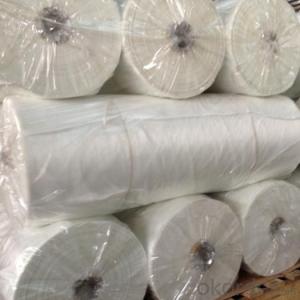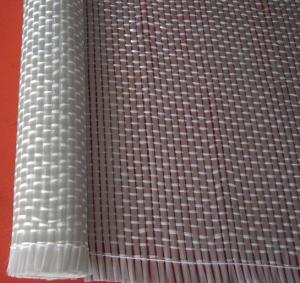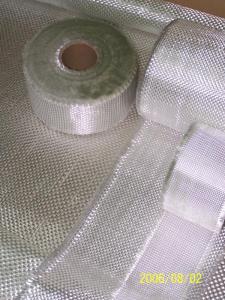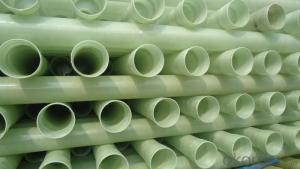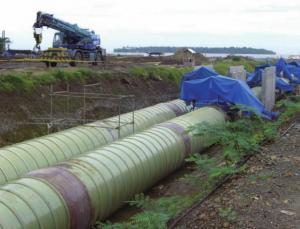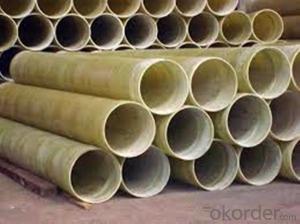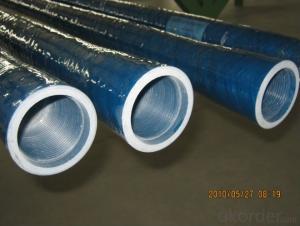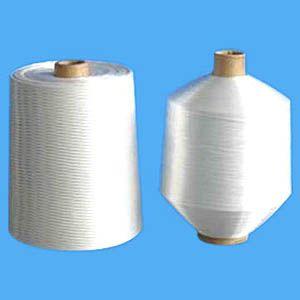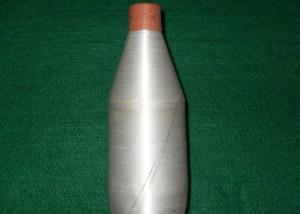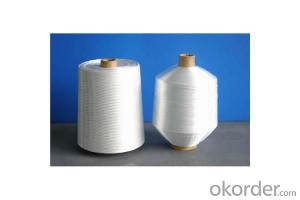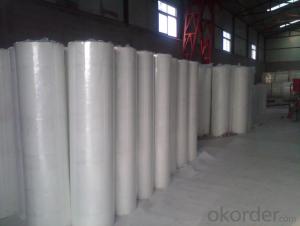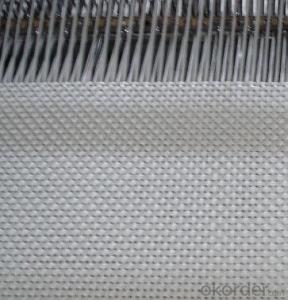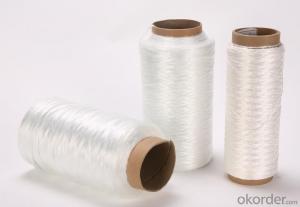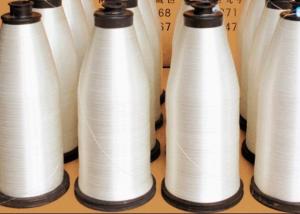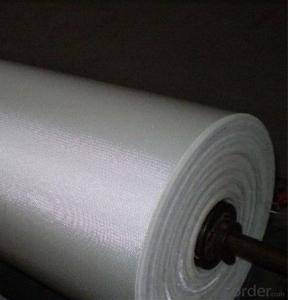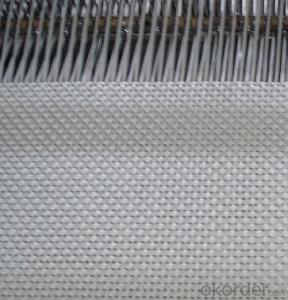Fiberglass Fabric of Different Specification
- Loading Port:
- Shanghai
- Payment Terms:
- TT OR LC
- Min Order Qty:
- 500 m²
- Supply Capability:
- 50000 m²/month
OKorder Service Pledge
OKorder Financial Service
You Might Also Like
Fiberglass Fabric of Different Specification
Fiberglass Fabric Introduction:
Fiberglass fabric is weaved by high quality fiberglass,as a kind of engineering material,which is
many excellent characteristics:
flame-resisting,corrosion resistant,high strength,heat resistance.stable structure,good chemical resistance,durability.
Fiberglass Fabric Features:
Warp and weft yarns are parallel arrangement as flat situation, with uniform tension;
Fiber is aligned with large consistency, stable and easy operation;
Good moldability, fast and complete wet out in resins, resulting in high productivity;
Good transparency and high strength of composite products.
Fiberglass Fabric Specification:
mark | Fiber consistency(ends/ cm) |
Area weight (g/ m2) |
Thick-ness (mm) |
Width (cm) |
Length (mm) | Breaking strength(N)≥ |
weave | |||
Warp direction | Weft direction | Warp direction | Weft direction | |||||||
EW200 | 16 | 12 | 200±20 | 0.2 | 90-130 | 300-1200 | 980 | 980 | ||
EW210 | 16 | 12 | 200±20 | 0.21 | 90-130 | 300-1200 | 1080 | 1080 | Twill weave | |
Plain weave | ||||||||||
EWR360 | 3.2 | 1.8 | 354±18 | 0.35 | 50-300 | 100 | 2000 | 2000 | ||
EW280 | 16 | 10 | 280±28 | 0.26 | 90-130 | 300-1200 | 1800 | 1800 | ||
EW300 | 14 | 10 | 320±32 | 0.3 | 90-130 | 300-1200 | 1500 | 1500 | ||
EW430 | 20 | 12 | 420±42 | 0.43 | 90-130 | 300-1200 | 2000 | 2000 | Broken twill | |
EWR136 | 10 | 10 | 136±13 | 0.136 | 100 | 200 | 850 | 850 |
Plain weave | |
EWR200 | 8 | 7 | 200±20 | 0.21 | 100 | 200 | 1200 | 1200 | ||
EWR400 | 3.6 | 3.2 | 400±30 | 0.4 | 100 | 50-100 | 2500 | 2500 | ||
EWR600 | 2.6 | 2.5 | 600±50 | 0.6 | 100 | 40KG | 4000 | 4000 | ||
EWR580 | 2.5 | 2.3 | 576±29 | 0.58 | 100 | 40KG | 3850 | 3850 | ||
EWR800 | 1.8 | 1.8 | 800±60 | 0.8 | 100 | 40KG | 4600 | 4600 | ||
Product Show
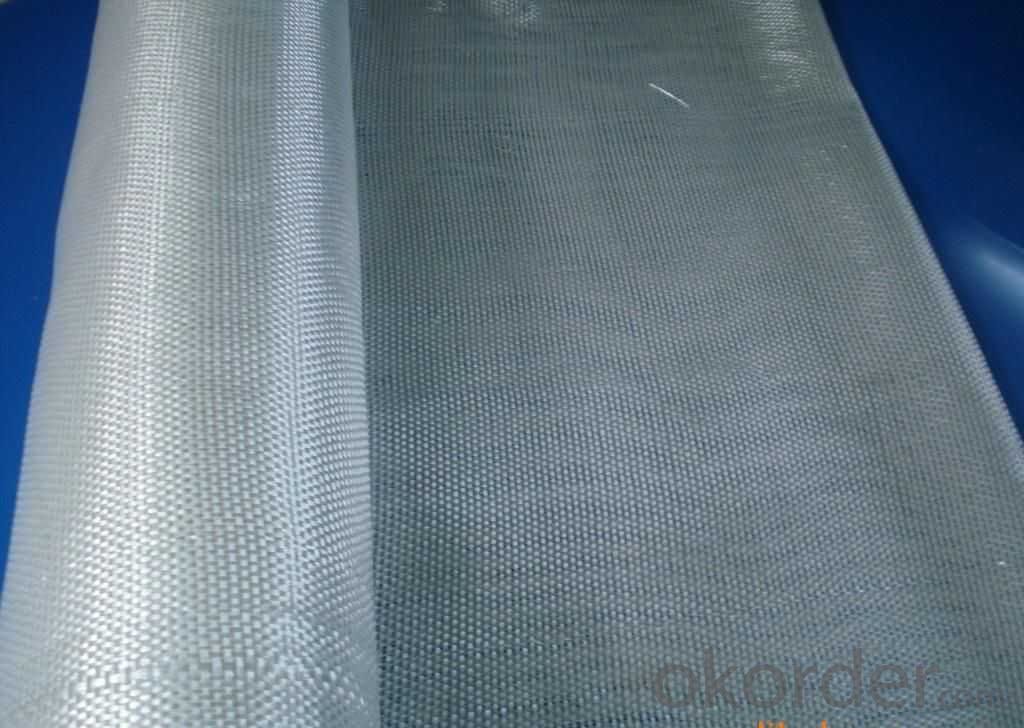
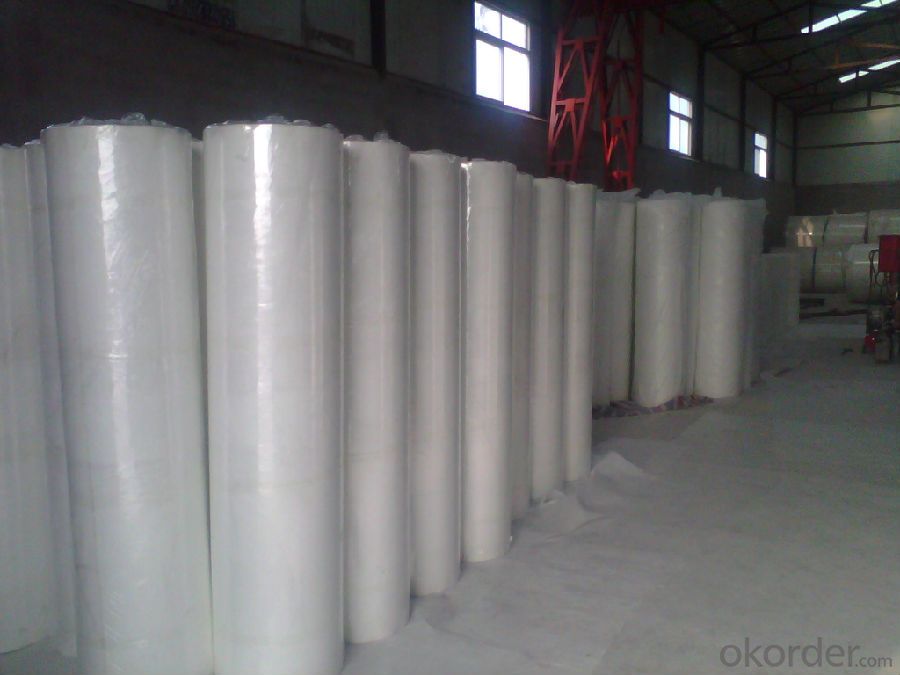
Fiberglass Fabric Usage:
E-glass woven roving is a schistose double faces reinforcement fabric that is weaved into from roving in directly.
E-glass fiber fabric (thin fabrics with thickness from 0.025 to 0.09mm) is suitable for electrical isolation mica product, wax cloth as the reinforcement materials.
E-glass woven roving applys to all kinds of polyester reinforcement system, (such as unsaturated polyester resin, vinylite,epoxy resin and phenolic resin.
E-glass woven roving is a high performance reinforcement material. It is widely used in hand lay-up and machinery processing products, (such as vessel, container, airplane and vehicle component, furniture, athletic facilities and other industry.
FAQ
1.Package of Fiberglass Fabric?
Fiberglass fabric is wound on a paper tube with inner diameters of 50. 8, 76 or 152mm. Each roll is wrapped in a plastic bag, then to be packed in a carton box. The rolls are to be horizontally placed.
Width (cm): 90, 100, 127
Length (m): 100, 200, 300, 400
2.Storage of Fiberglass Fabric?
Store rolls in a cool, dry location
Protect rolls from weather and other damage.
3.If sample available if needed?
We aim to offer our customer best Products&Service,samples are allowed if necessary.
- Q:Is fiberglass yarn biodegradable or recyclable?
- Fiberglass yarn is not biodegradable, meaning it cannot be broken down naturally by living organisms into simpler, organic materials. However, it is recyclable. Fiberglass yarn can be melted down and reused to create new fiberglass products. Recycling fiberglass yarn helps reduce waste and conserve resources, making it a more environmentally-friendly option compared to disposal in landfills.
- Q:Can fiberglass yarn be used in the production of gaskets and seals?
- Yes, fiberglass yarn can be used in the production of gaskets and seals. It is a versatile material that offers high strength, heat resistance, and durability, making it suitable for applications that require sealing properties.
- Q:Can fiberglass yarn be used in insulation materials?
- Yes, fiberglass yarn can be used in insulation materials.
- Q:Is fiberglass yarn suitable for use in aerospace structures?
- Yes, fiberglass yarn is suitable for use in aerospace structures. Fiberglass is a lightweight and strong material, making it ideal for applications in the aerospace industry where weight reduction is critical. It has high tensile strength, excellent heat resistance, and good electrical insulation properties. Fiberglass yarn can be woven into fabrics or used as reinforcements in composite materials, providing structural integrity and durability to aerospace structures. Additionally, fiberglass is corrosion-resistant, which is important for aircraft and spacecraft exposed to harsh environmental conditions. Overall, fiberglass yarn is a reliable and widely used material in aerospace structures due to its desirable properties and performance characteristics.
- Q:What are the common uses of fiberglass yarn in construction?
- Due to its exceptional strength, durability, and versatility, fiberglass yarn finds widespread use in construction for various applications. Some common uses of fiberglass yarn in construction include the following: 1. Concrete reinforcement: Fiberglass yarn is frequently employed as a reinforcing material in concrete structures, such as beams, columns, and slabs. Its high tensile strength enhances the structural integrity of concrete, preventing cracking and improving overall durability. 2. Insulation: In the construction industry, fiberglass yarn is commonly utilized as an insulation material. It is found in lightweight insulation boards, HVAC duct insulation, thermal blankets, and pipe insulation. The heat-resistant properties of the yarn help regulate temperature, improve energy efficiency, and enhance fire resistance in buildings. 3. Roofing materials: Fiberglass yarn is used in the production of roofing shingles and tiles. Its strength and resistance to weathering make it an ideal material for protecting buildings from external elements, including rain, UV radiation, and strong winds. Additionally, fiberglass yarn provides flexibility, ensuring that roofing materials can withstand thermal expansion and contraction. 4. Wall reinforcements: Fiberglass yarn reinforces wall systems, including drywall, plaster, and stucco. It prevents cracking and sagging, providing added strength and stability to walls. Moreover, fiberglass yarn is resistant to moisture, reducing the risk of mold or mildew growth in walls. 5. Composite materials: Fiberglass yarn is a crucial component in the production of composite materials used in construction. It is combined with resins to create fiberglass-reinforced polymer (FRP) products, such as panels, pipes, and profiles. These FRP composites offer an excellent strength-to-weight ratio, corrosion resistance, and can be molded into various shapes, making them suitable for a wide range of construction applications. In conclusion, fiberglass yarn plays a vital role in enhancing the performance, durability, and safety of construction materials and structures. Its popularity in the industry stems from its versatility and unique properties.
- Q:Is fiberglass yarn suitable for use in wind turbine blades?
- Fiberglass yarn proves to be a suitable option for the construction of wind turbine blades. Due to its lightweight and durable nature, fiberglass offers a remarkable strength-to-weight ratio, thus making it an ideal choice for these blades. By converting fiberglass into yarn, it becomes possible to weave it into fabrics, which can then be layered and bonded together to produce robust and flexible composite materials for turbine blades. These composites possess the necessary structural integrity and stiffness to endure the forces and stresses encountered during wind turbine operation. Moreover, fiberglass boasts low thermal expansion, which contributes to the maintenance of blade shape and performance across varying temperature conditions. Consequently, fiberglass yarn stands as a dependable and extensively utilized substance within the wind energy sector for the production of wind turbine blades.
- Q:Is fiberglass yarn resistant to compression or crushing?
- Yes, fiberglass yarn is typically resistant to compression or crushing due to its high tensile strength and rigid nature.
- Q:Is fiberglass yarn suitable for use in wind turbine components?
- Yes, fiberglass yarn is suitable for use in wind turbine components. It is a lightweight and high-strength material that offers excellent durability, corrosion resistance, and electrical insulation properties, making it ideal for various applications in wind turbine manufacturing. Additionally, fiberglass yarn can be easily molded or woven into complex shapes, providing flexibility in designing and constructing wind turbine components.
- Q:How does fiberglass yarn perform in terms of durability?
- Fiberglass yarn is highly durable and known for its strength and resilience. It has excellent resistance to harsh weather conditions, chemicals, and UV rays, making it suitable for a wide range of applications. Additionally, fiberglass yarn is resistant to rot, mold, and mildew, further enhancing its durability.
- Q:Can fiberglass yarn be used in reinforcing concrete?
- Certainly, the reinforcement of concrete can be achieved by utilizing fiberglass yarn. Known for its strength and durability, fiberglass yarn presents itself as a material capable of providing reinforcement when incorporated into the concrete mixture. By introducing fiberglass yarn into the concrete, its tensile strength is enhanced, cracking is prevented, and overall durability is improved. This type of reinforcement is particularly advantageous in situations where traditional steel reinforcement is unsuitable, such as in lightweight concrete structures or areas prone to corrosion. Furthermore, fiberglass yarn boasts additional benefits, including its lightweight nature, non-corrosiveness, and non-magnetic properties, making it an appealing substitute for steel reinforcement in specific circumstances. All in all, fiberglass yarn proves to be a valuable and efficient component in the reinforcement of concrete.
1. Manufacturer Overview |
|
|---|---|
| Location | |
| Year Established | |
| Annual Output Value | |
| Main Markets | |
| Company Certifications | |
2. Manufacturer Certificates |
|
|---|---|
| a) Certification Name | |
| Range | |
| Reference | |
| Validity Period | |
3. Manufacturer Capability |
|
|---|---|
| a)Trade Capacity | |
| Nearest Port | |
| Export Percentage | |
| No.of Employees in Trade Department | |
| Language Spoken: | |
| b)Factory Information | |
| Factory Size: | |
| No. of Production Lines | |
| Contract Manufacturing | |
| Product Price Range | |
Send your message to us
Fiberglass Fabric of Different Specification
- Loading Port:
- Shanghai
- Payment Terms:
- TT OR LC
- Min Order Qty:
- 500 m²
- Supply Capability:
- 50000 m²/month
OKorder Service Pledge
OKorder Financial Service
Similar products
New products
Hot products
Hot Searches
Related keywords
